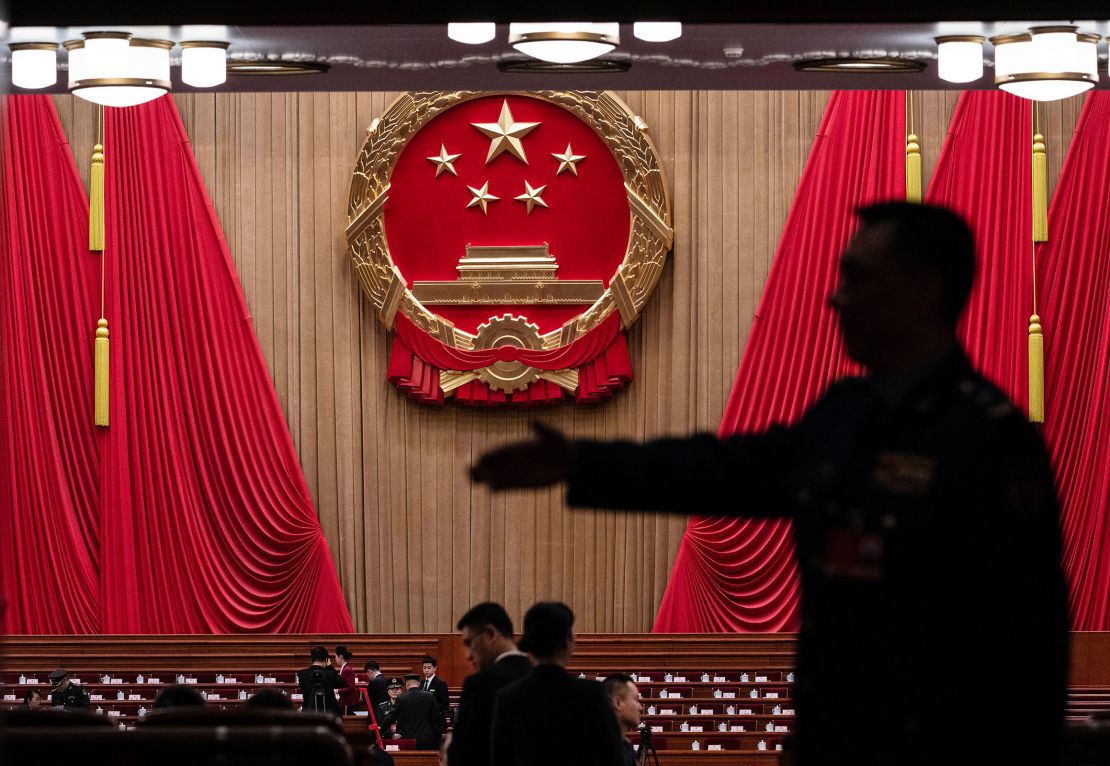Consumer prices in China have plunged to their lowest level in more than a year, highlighting persistent deflationary pressures in the world’s second-largest economy.
The Consumer Price Index (CPI), a benchmark for measuring inflation, fell by 0.7% in February from the previous year, China’s National Bureau of Statistics (NBS) said on Sunday. The decline was sharper than predicted by a Reuters poll of analysts, reversing January’s modest 0.5% increase and marking the first contraction since January 2024.
Deflation is a problem because it gives people little incentive to spend right now, in expectation of lower prices. This tends to drag down consumption, which is an important component of economic growth.
The drop in February was partly influenced by an earlier-than-usual Lunar New Year holiday – when hundreds of millions of trips took place, boosting tourism and spending. The holiday fell entirely in January this year, compared with the previous one that extended into February. That means there was a much higher base of comparison in 2024.
The NBS said consumer prices would have risen by 0.1%, excluding the impact of the earlier Spring Festival. The country’s core CPI, which excludes items with volatile prices like food and fuel, also declined by 0.1%, the first decrease since January 2021.
Meanwhile, the Producer Price Index (PPI), which tracks wholesale prices, saw a 2.2% reduction in February from the previous year. Factory-gate prices have been contracting for 29 consecutive months since October 2022.
“Temporary seasonal distortions aside, both CPI and PPI inflation have been too low over the past two years, underscoring the supply and demand imbalance in the Chinese economy,” Goldman Sachs’ economists wrote in a Sunday research note.
China’s economy continues to be weighed down by weak consumer spending, uncertain employment outlook and a prolonged property sector downturn. Internationally, it also faces being squeezed as the United States turns the heat up on a trade war against China, which has long relied on exports to drive growth.
“The uncertainty of the external environment is increasing, while we also face issues such as insufficient domestic demand and operational difficulties for some industries,” said Zheng Shanjie, the head of China’s state planner, National Development and Reform Commission, in a press conference last week.
Beijing has set an ambitious economic growth target of 5% for 2025, the same as last year. It also lowered its target for the consumer price increase this year to 2% from 3% last year, signaling Beijing’s recognition of ongoing deflationary pressure.
But during the highly anticipated opening of the ceremonial legislature last week, the government fell short of announcing large-scale stimulus to bolster growth despite emphasizing the need to boost consumption.

At a press conference on the sidelines of the National People’s Congress on Sunday, Wang Xiaoping, minister of human resources and social security, said the task of stabilizing and expanding employment this year will be “arduous” and “under pressure.”
Ni Hong, minister of housing and urban-rural development, stressed that the government is “making every effort to stabilize and restore confidence in the real estate market.”
He highlighted the 4.4 trillion yuan ($608 billion) quota for local government special bonds this year, which will be partly allocated for the acquisition of completed commercial housing. The housing projects purchased will be converted to affordable housing and worker dormitories.